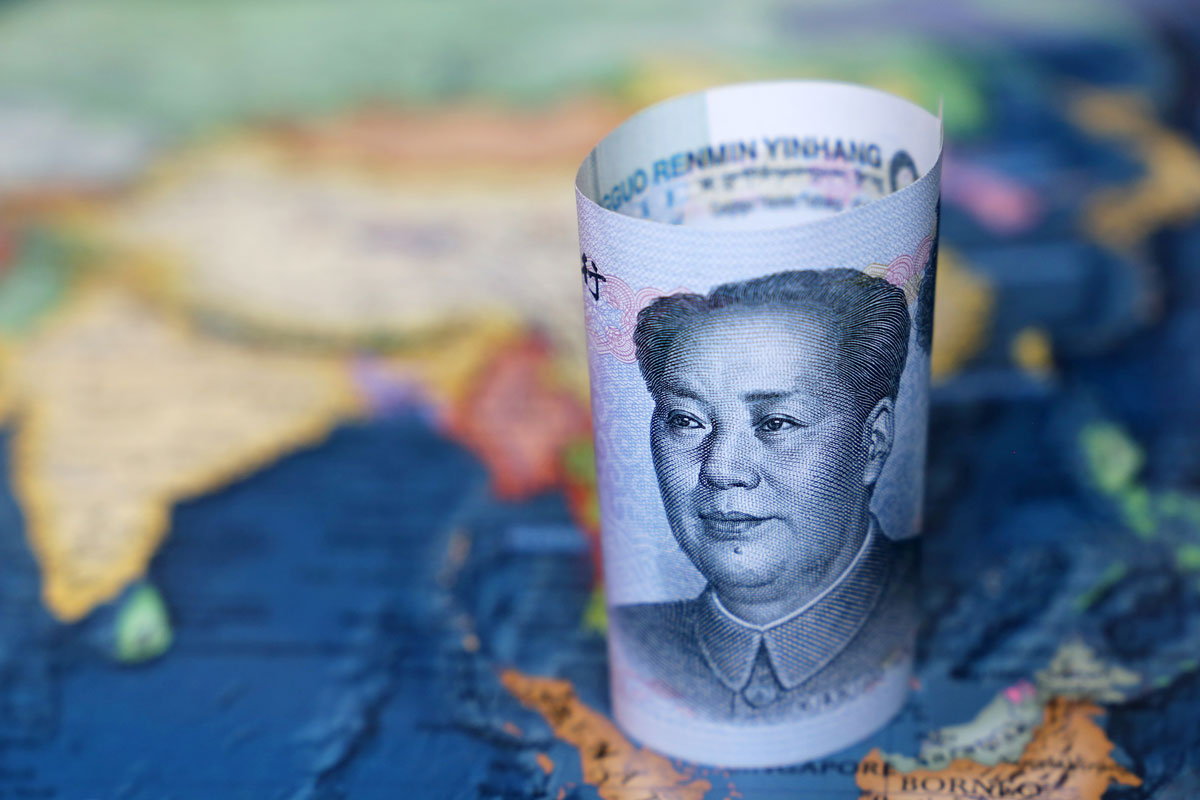Inflation Eases
India’s retail inflation slipping below 4 per cent in February signals a crucial inflection point for the economy.
China’s economic data paints a concerning picture for both its manufacturing and services sectors. The manufacturing PMI has remained at 49.5 for the second month in a row, indicating a persistent contraction.

Chinese economy representative image (Photo:IANS)
China’s economic data paints a concerning picture for both its manufacturing and services sectors. The manufacturing PMI has remained at 49.5 for the second month in a row, indicating a persistent contraction. Alongside manufacturing, the services sector too has slowed to its lowest point in five months. This dual-sector slump underscores the pressing need for China’s policymakers to adopt a more robust and nuanced approach to stimulate the economy. The manufacturing sector, traditionally a pillar of China’s economic might, is struggling despite strong export performance.
The National Bureau of Statistics’ data reveals that while production managed to stay above the contraction threshold, critical indicators such as new orders, raw material stocks, and employment remain in the negative territory. This imbalance suggests that the current export momentum is not sufficient to drive a comprehensive recovery. The manufacturing sector’s woes are compounded by weak external and domestic demand, which prevents a rebound in producer prices. In the services sector, the picture is equally bleak. The non-manufacturing PMI, which includes both services and construction, dropped to 50.5, the lowest since December. The services PMI, in particular, has slipped to 50.2, indicating a significant slowdown. This decline reflects a cautious consumer base and a temporary boost from the Labour Day holiday, which failed to generate sustained growth.
Advertisement
Given these challenges, it is evident that China’s current policy measures are insufficient. While the central bank has announced a relending programme for affordable housing to address the property market crisis, broader fiscal measures are needed. The reliance on property as a growth engine is increasingly untenable, and new strategies must be developed to invigorate other sectors of the economy. Fiscal policy should take the lead in this recovery effort. With limited room for monetary easing due to currency pressures, the government must consider issuing more debt to fund stimulus measures. However, this approach is not without risks. High local government debt and deflationary pressures pose significant threats to long-term economic stability. Policymakers must strike a delicate balance between stimulating growth and maintaining fiscal health. One potential avenue for sustainable growth lies in fostering new industries. Premier Li Qiang recently highlighted the importance of developing new growth engines to reduce the economy’s reliance on traditional sectors like property. This strategy is essential for creating a more resilient economic structure that can better withstand future shocks.
Advertisement
As China approaches the Third Plenum in mid-July, where top Communist Party officials will gather to discuss the nation’s economic direction, there is hope that more decisive and forward-thinking policies will emerge. The meeting presents an opportunity for China to reassess its economic priorities and implement measures that can drive longterm growth. As the world watches, China’s policymakers must demonstrate bold leadership to navigate these turbulent times and set the stage for a more stable and prosperous future.
Advertisement